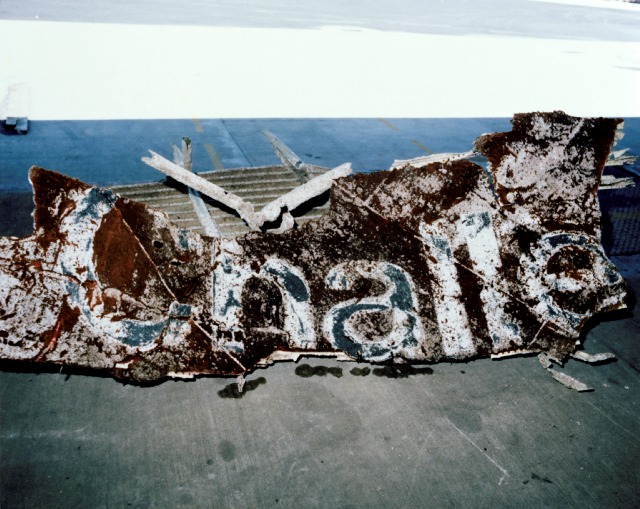

They rejected the other options and pushed ahead with Columbia re-entering Earth’s atmosphere as normal. NASA felt the engineers didn’t know what would happen but that all data pointed to there not being enough damage to put the lives of the crew in danger. The engineers felt they had communicated the potential risks. NASA managers listened to the engineers and their PowerPoint. This is the slide the engineers chose to illustrate this point: The salient point was whilst there was data showing that the tiles on the shuttle wing could tolerate being hit by the foam this was based on test conditions using foam more than 600 times smaller than that that had struck Columbia. NASA officials sat down with Boeing Corporation engineers who took them through three reports a total of 28 slides. NASA could launch another Space Shuttle to pick the crew up. The astronauts could perform a spacewalk and visually inspect the hull. In space the shuttle was safe but NASA didn’t know how it would respond to re-entry. But the tile the foam had struck was on the edge of the wing designed to protect the shuttle from the heat of Earth’s atmosphere during launch and re-entry. It had happened on four previous missions and was one of the reasons why the camera was there in the first place. Foam falling during launch was nothing new. It was impossible to tell from Earth how much damage this foam, falling nine times faster than a fired bullet, would have caused when it collided with the wing. As the crew rose at 28,968 kilometres per hour the piece of foam collided with one of the tiles on the outer edge of the shuttle’s left wing. At eighty-two seconds into the launch a piece of spray on foam insulation (SOFI) fell from one of the ramps that attached the shuttle to its external fuel tank. One day into their mission it was clear to those back on Earth that something had gone wrong.Īs a matter of protocol NASA staff reviewed footage from an external camera mounted to the fuel tank. They would spend 16 days in orbit, completing 80 experiments. Whereas other shuttle crews had focused on work to the Hubble Space Telescope or to the International Space Station this mission was one of pure scientific research. Columbia had been the first Space Shuttle, first launched in 1981 and had been on 27 missions prior to this one.

Their objective was to study the effects of microgravity on the human body and on ants and spiders they had with them. The Space Shuttle Columbia launches carrying its crew of seven to low orbit. This, however, is the story of a PowerPoint slide that actually helped kill seven people. Most often the only victims are our audience’s inspiration and interest. The fact is we know that PowerPoint kills. As an educator I push against ‘death by PowerPoint’ and I'm fascinated with how we can improve the way we present and teach.
#Challenger space shuttle accident full
A speaker with a stream of slides full of text, monotonously reading them off as we read along.


 0 kommentar(er)
0 kommentar(er)
